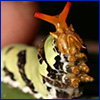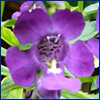The Neighborhood Gardener – May


Landscape Ecology

Your landscape isn’t just home to you; wildlife are also depending on you to provide them with shelter as their natural habitats continue to shrink. Luckily, there are a few simple steps you can take to support your yard’s ecology. Limiting lawn space, providing habitats, removing invasive plants, planting natives, limiting pesticide use, and promoting change in your community are all simple ways to increase yard biodiversity. We hope this new article inspires you.
Three Native Bees

Bees are a sign of a healthy garden, but finding native bees is even better. Native bees are crucial pollinators of not only wildflowers, but many of our favorite vegetables as well. The southeastern blueberry bee, sweat bee, and American bumble bee are all common native bees that may visit your yard. Learn more about these natives bees and what you can do to attract them to your landscape.
(Photo of American bumble bee courtesy of Dr. Rachel Mallinger)
Natural Pest and Disease Management

For homeowners who need to deal with a plant pest or disease but don’t want to harm beneficial insects or the environment, natural pesticides may be the answer. Many break down quicker than synthetic pesticides, act fast, and have low toxicity to mammals. As with any pesticides, natural pesticides still need to be applied with caution while following label directions. This article explores different types of natural pest and disease solutions, their effectiveness, and potential drawbacks.
Wendy’s Wanderings

“Plant a vegetable garden,” they said. “It will be fun,” they said. It is fun to grow your own vegetables when everything goes right, but we are getting to the point in the growing season when challenges arise. Even if you planned perfectly with the UF/IFAS vegetable gardening guide in hand and have a bright green thumb, you may be experiencing a few problems in the garden. Most of them can be overcome with gardening know-how and a little experience under the belt. Wendy has advice on handling summer garden challenges.
Plant of the Month: Blueberries

May is when Florida blueberries quickly fill the shelves of local markets, but did you know you could be harvesting them from your own garden? While Florida doesn’t get cold enough for traditional northern blueberries, the University of Florida and others have developed low-chill cultivars that can grow here. Gardening Solutions has all the information a home gardener needs to start growing blueberries.
Lime Swallowtail

Hurricanes don’t just bring rain; sometimes they deliver new pests too. Lime swallowtail butterflies likely landed in Key West during a storm, and their larvae are now decimating young citrus trees in home landscapes. They could potentially spread further into the state, so carefully monitor your citrus trees for lime swallowtail caterpillars. This article includes photos to help you identify this pest.
May in Your Garden
With May comes high temperatures, so choose plants that can take the heat: vegetables like sweet potato and tropical “spinaches,” herbs like Mexican tarragon and rosemary, and flowering plants like daylilies, salvias, and angelonia. Insect pests become more active in this weather, so scout your plants often for damage. Now is the time to prep for hurricane season which starts June 1st. (Photo of angelonia by Scott Zona)
For more month-by-month gardening tips, check out the Florida Gardening Calendar. Three different editions of the calendar provide specific tips for each of Florida’s gardening regions—North, Central, and South.
What’s Going On?
If your Master Gardener Volunteer program or Extension office is having an event, be sure to share it with us.

